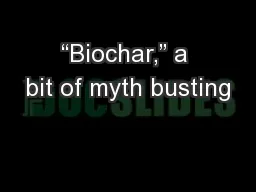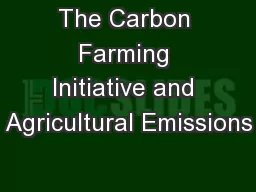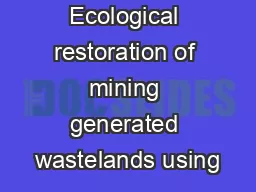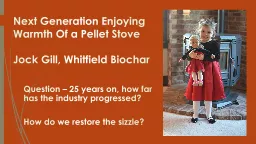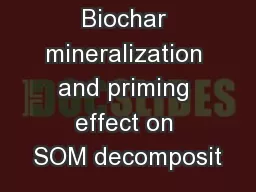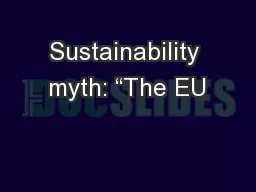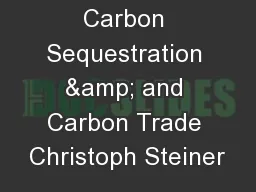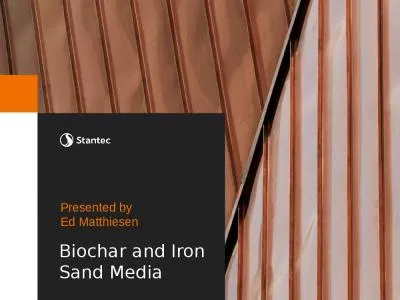PPT-“Biochar,” a bit of myth busting
Author : pamella-moone | Published Date : 2017-09-26
Lukas Van Zwieten Principal Research Scientist Adjunct Professor Rural Climate Solutions University of New England and Tony Walker Richmond Landcare What is biochar
Presentation Embed Code
Download Presentation
Download Presentation The PPT/PDF document "“Biochar,” a bit of myth busting" is the property of its rightful owner. Permission is granted to download and print the materials on this website for personal, non-commercial use only, and to display it on your personal computer provided you do not modify the materials and that you retain all copyright notices contained in the materials. By downloading content from our website, you accept the terms of this agreement.
“Biochar,” a bit of myth busting: Transcript
Download Rules Of Document
"“Biochar,” a bit of myth busting"The content belongs to its owner. You may download and print it for personal use, without modification, and keep all copyright notices. By downloading, you agree to these terms.
Related Documents

